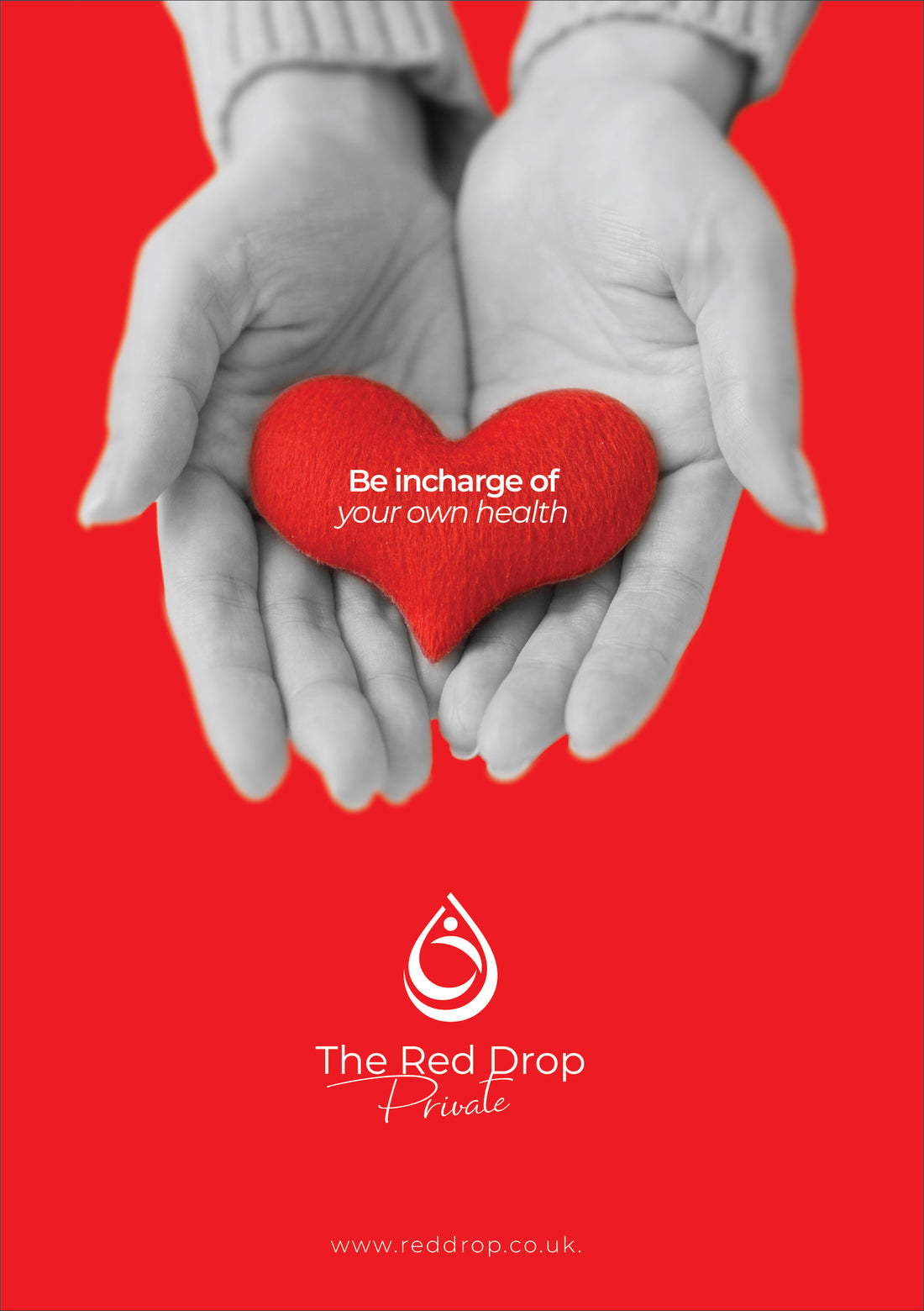
All You Need to Know About STDs- Types, Causes, and Prevention
Are STIs And STDs the Same Thing? You may ask!
Most often, people misunderstand between sexually transmitted infections and sexually transmitted diseases, so, first, let’s learn the difference between infection and diseases.
An infection always comes before a disease. It’s a time when viruses or bacteria attack your body. Infection may not have symptoms, but the disease always rises up with clear symptoms or signs.
Symptoms of STDs
If any Sexually Transmitted Disease starts with a Sexually Transmitted Infection, a person might likely experience:
- discomfort or severe pain during urination or sex
- bumps, sores, or rashes around or on penis, vagina, anus, testicles, thighs, buttock, or even mouth
- irregular bleeding or discharge from the vagina or penis
- swollen testicles, itchiness around or in the vagina
- unusual bleeding or periods after any sexual activities.
Types of STDs
There are several kinds of STDs, below mentioned are some of the common STDs:
- Pelvic Inflammatory Disease (PID)
According to research, around 2.5 million women have been diagnosed with PID. It is an infection that occurs in the female reproductive organ when bacteria like Chlamydia or Gonorrhea transmit from the vagina to the uterus.
The signs and symptoms of this disease are very mild, and in most cases, women don’t even feel about it. Some of the symptoms include:
- Pain during sex or urination
- Unusual vaginal discharge
- Unusual bleeding during periods or sex
● Syphilis
It is a sexually transmitted infection that results from direct contact with a syphilis sore during anal, vaginal, or oral sexual activity. It can even spread from a mother to her fetus. There are four stages of syphilis, and each stage consists of different symptoms, which may include:
- Hair & weight loss
- Fatigue
- Muscles weakness & aches
- Eye pain or even loss of vision
● Human Immunodeficiency Virus (HIV AIDS)
HIV is a chronic condition that you can only manage as it cannot be cured. HIV virus weakens the immune system, which can be life-threatening and may turn into AIDS if left untreated. Some of the early stage symptoms may include:
- Extreme fatigue
- Body aches
- Weight loss
- Fever and dry cough
- Skin rashes
Causes of STDs
Almost all kinds of STDs start with an STI transmitted by sexual activities. Besides, STDs may also be caused by skin contact through oral, vaginal, or anal sex. Although some infections don’t necessarily become an STD if properly treated. However, if any pathogen damages the body cells or deteriorates their functions, it may lead to STD.
How To Diagnose
If you are facing any symptoms, you must go through some laboratory test to identify the infection you might have.
- Blood test
- Urine samples
- Fluid samples
- Screening
Tips For Prevention
Avoiding STIs is the best way of avoiding an STD. Only by avoiding sexual contact you can ensure your safety. However, with these tips, you can make sex less risky and less likely to result in STIs.
- Before engaging in any sexual activity, have an open discussion about your sexual history and determine what each of you is comfortable with.
- Regular STI testing is especially important if you have new or multiple partners. Request that your partner does the same.
- An important step in preventing the spread of STIs is the proper use of a condom during all types of sex, including oral, anal, and vaginal.
- Consider getting an HPV and hepatitis B vaccine to protect yourself from these diseases.
Other Activities Which May Cause Transmit Of STIs
Other than being sexually active following activities may also be the cause of sexually transmitted infections
- Breast or chestfeeding
- Mouth Kissing
- Sharing needles or sex toys
- Blood transfusion
What To Do To Avoid STDs?
The only way to avoid and prevent yourself from being indulged in such diseases is to give importance to your sexual health before getting sexually active.
Get yourself, and your partner properly tested, and avoid using other’s people stuff.
